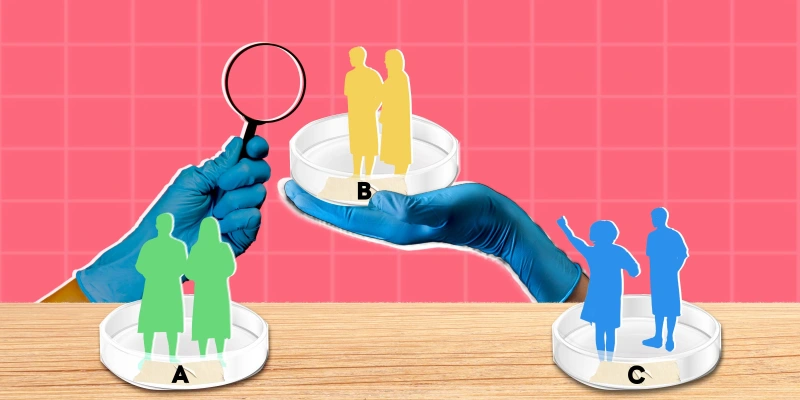It’s the last day of ANESTHESIOLOGY 2022 and conference-goers are starting to think about their flights home from an incredible experience in New Orleans - one full of lectures, podcasts, posters, and presentations. Peering around a crowded morning SNAP-panel discussion on right ventricular dysfunction this Tuesday, the moderator expressed his surprise at the turnout: in a room built for hundreds, seldom an empty seat was to be found even mid-week, as the end of #ANES22 approached. The heart of the conference was apparent throughout the weekend, with a plethora of didactics and other projects covering a wide variety of topics ranging from patient safety, team collaboration, and wellness to perioperative leadership, life-long learning, political advocacy, and medical education. It also provided an incredible networking opportunity for professionals at all levels of their medical journey, from early medical students meeting with residency programs to faculty interacting with new co-investigators.
One such lecture, “Perioperative Resuscitation and Life Support (PeRLS)” was presented by David Stahl, MD of the Ohio State University Wexner Medical Center. Dr. Stahl made a few bold claims during his talk. For one, Gen-Z is taking over: The Bee Gees are out, and Taylor Swift is in, at least when it comes to teaching CPR timing. Furthermore, he focused on some now-accepted truths such as the American Heart Association focus on Hands-Only CPR for adult out-of-hospital cardiac arrest. He also touched on other controversies in advanced cardiac life support (ACLS), such as the non-superiority of mechanical compressions with adequate personnel availability for compressions, the use of zero PEEP ventilation during CPR, and targeting normothermia for comatose post-arrest patients rather than deep hypothermia. The discussion then turned to focus on PeRLS, a new curriculum through the American Society of Anesthesiologists - designed specifically for perioperative personnel - that provides an algorithmic approach to situations unique to the operating theater, such as gas embolism or malignant hyperthermia. This curriculum is moving forward in the society as a direct alternative to ACLS to improve education in perioperative resuscitation .
That said, while posters and presentations detailing complex pharmacology, physiology, and quality improvement were plentiful and engaging, there was also a poignant focus on diversity, equity, and inclusion at #ANES22. Notable presentations include: “Respecting Gender Identity in Perioperative Environments,” the “Ellison Pierce Lecture on Racial and Ethnic Disparities in Perioperative Patient Safety,” and panels on “The Intersectionality of Under-represented Minority Chairwomen in Medicine: Debunking the Myths and Stating the Facts” as well as “Identifying and Addressing Racial and Gender-based Disparities in Perioperative Care.” One such piece can be seen in this year’s Foundation for Anesthesia and Education Research (FAER) resident scholar program, in which Nicole Henry, DO, MPH of Mayo Clinic described her research uncovering disparities in pulse-oximetry readings across self-identified racial groups. This study found significant differences in oxygen saturations measured by pulse-oximetry when compared to blood-gas analysis, uncovering occult hypoxia in patients with darker skin. They also found a significantly higher risk of death amongst surgical and critically-ill patients who experienced occult hypoxia. Dr. Henry was the runner-up in the 2022 FAER Resident Scholar Award for this work with a poster titled, “Disparities in Hypoxemia Detection by Pulse Oximetry Across Self-Identified Racial Groups and Associations with Clinical Outcomes.”
While the sounds of the brass bands throughout the streets (and the conference hall) plus the smell of the warm beignets from Cafe Du Monde start to fade, the future of the field of anesthesiology remains clear and exciting as ever. This past weekend serves as a reminder of how far we have already come as well as a timely motivator to continue forward on our path towards a safer, more innovative, and equitable field. We cannot wait to see you all again in 353 days for ANESTHESIOLOGY 2023 in San Francisco, CA. Bring your best socks, we heard there may be a competition.
Dr. Holloway, Dr. Wernke, Dr. Zhou, Dr. Baumann, and Dr. Hussain work for the Ohio State University, Wexner Medical Center and have no conflicts of interest to report.
Image by BRO Vector / GettyImages






